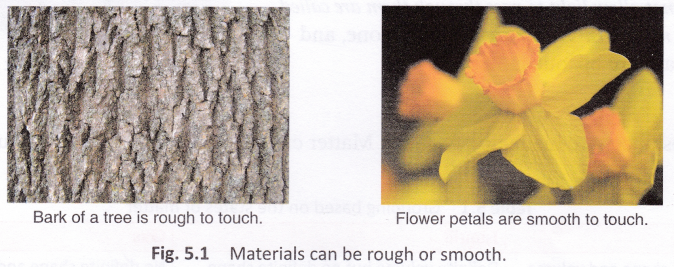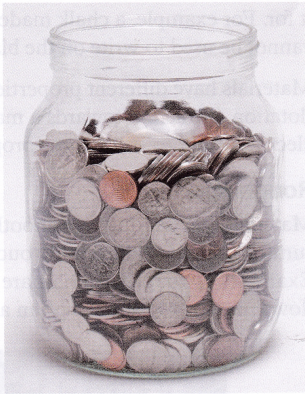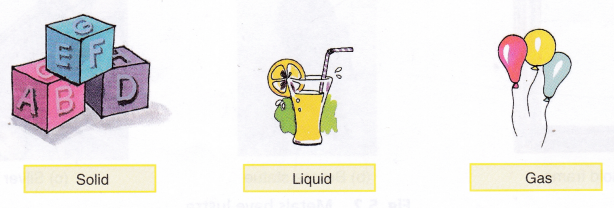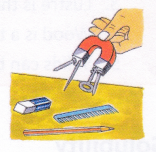Sorting Materials Into Groups
Placing or sorting similar things together is called grouping. Grouping makes it easier for us to find things when we need them.
GROUPING ON THE BASIS OF COMMON PROPERTIES
Objects are made of different materials. One material can be used to make different objects. This is possible because different types of materials have different properties. We have to choose materials with the right properties based on what we want to use it for. For example, a chalk made of wood or plastic would be of no use because it cannot be used to write on the blackboard.
Materials have different properties like roughness, lustre, transparency, solubility, flotation, attraction towards a magnet, conduction of heat, and conduction of electricity. Let us study these properties one by one.
Roughness
Materials can be rough or smooth. Rough materials have bumps or ridges on their surface, which can be felt by touching them. Smooth materials lack these bumps. Examples of rough materials are rocks, sandpaper, and bark of a tree. A glass sheet, flower petals, and surface of an apple are some examples of smooth surfaces.

Lustre
Lustre is the shine of a material. All metals in pure state are shiny and said to possess lustre. This property of metals is widely used for making jewellery and other decorative articles. Materials like gold, silver, and bronze have lustre.

Transparency
Different materials allow different amounts of light to pass through them depending on a property called transparency. Based on transparency, materials can be of three types: transparent, translucent, and opaque.

Materials that allow all the light to pass through them are called transparent materials. Glass, water, acrylic sheet, and cellophane paper are transparent. Shopkeepers generally prefer to keep items like toffee, biscuit, sweet, etc. in transparent jars so that we can see them easily. Windows are also usually made of glass so that light can pass through and light our rooms.
Materials that allow some light to pass through them are called translucent materials. Oiled paper and coloured glass are translucent materials. Materials that do not allow light to pass through them are called opaque materials. Wood, metal, leaf, stone, and cardboard are opaque materials.
State
All substances are made up of matter. Matter exists in three states – solid, liquid, and gas.
Table shows Grouping based on the states of matter
| Solid | Liquid | Gas |
| Definite shape and volume | Definite volume but no definite shape. They take the shape of the container they are poured into. | No definite shape and volume |
| Cannot be compressed | Can be compressed to a small extent | Highly compressible |
| Particles are closely packed | Particles are not as closely packed as in | Particles are loosely packed |

Flotation
Certain materials float on water whereas others sink. This property of a material to float on water is called flotation. Generally, materials like wood, leaf, and feather float on water whereas rock and metal sink.

Attraction towards a magnet
Materials that are attracted to a magnet are called magnetic materials. This property is called magnetism. Objects made of iron are attracted to a magnet. In addition to iron, nickel and cobalt are also attracted to a magnet.
Activity
Aim: To classify the given materials as magnetic or non-magnetic.
Materials needed: Pins (made of metal), clips (made of plastic), pencil, eraser, water, glass, cardboard, comb, nails, iron key, rock, sewing needle, paper and a magnet.
Method:
 1. Bring the magnet near the objects one by one.
1. Bring the magnet near the objects one by one.
2. Observe which objects are attracted towards the magnet and which are not.
Observation: Pins, nails, key, and sewing needle are attracted to the magnet. Eraser, clips, pencil, water, comb, rock, glass, cardboard, and paper are not attracted to the magnet.
Conclusion: Some materials are magnetic and some are non-magnetic.
